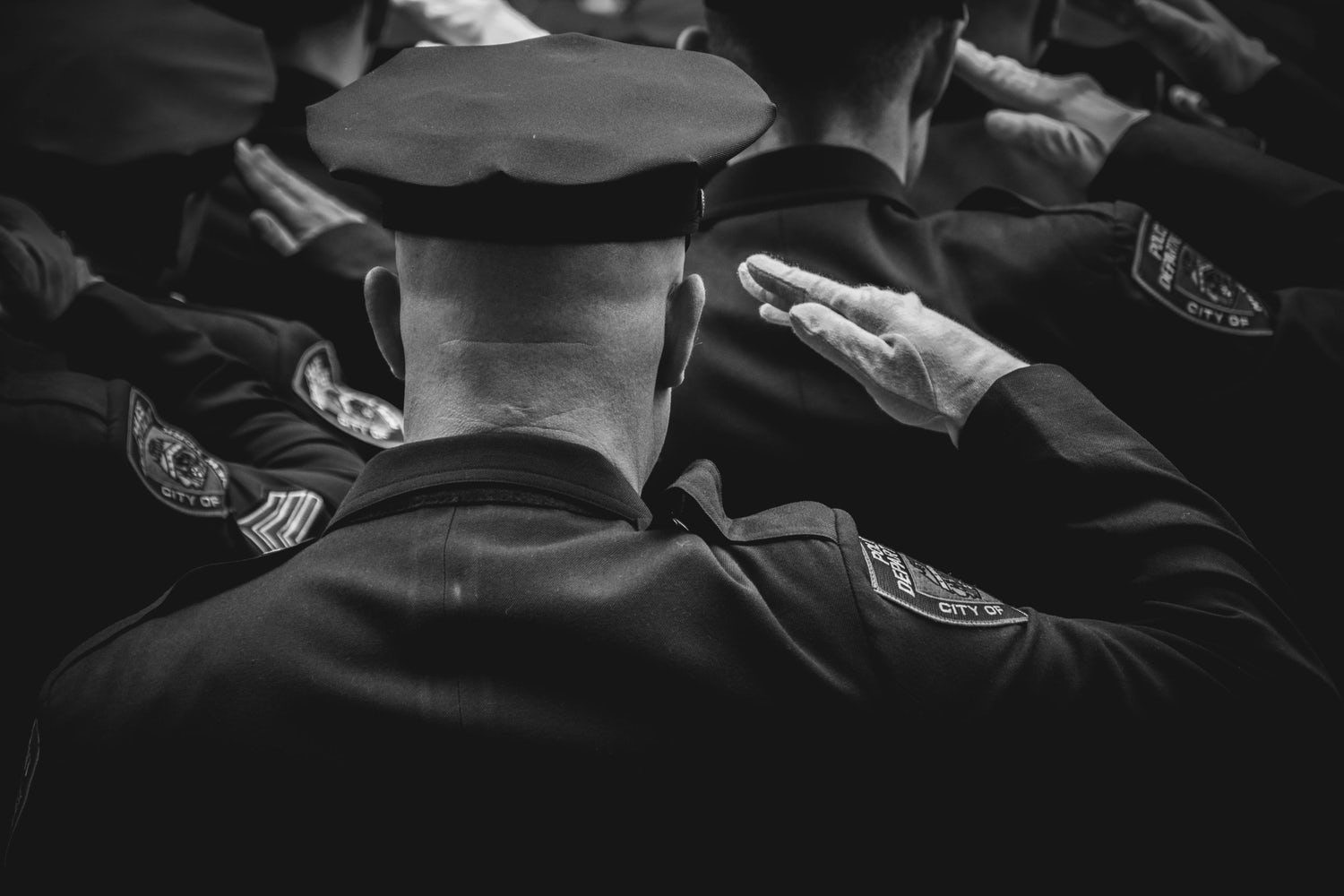Amid rising concerns over police conduct during mental health emergencies, a new development has emerged from the New York Police Department (NYPD). On March 27, NYPD officers shot and killed 19-year-old Win Rozario of Queens during such a crisis. Rozario had alerted law enforcement to his home himself. Now, a groundbreaking development stokes fire into the discussion. The office of Attorney General Tish James, currently investigating the incident, has disclosed body camera footage captured by the involved officers.
A Situation That Could Have Ended Differely
Reviewing the footage shows neither a particularly bloodthirsty nor particularly tactful scene. The underlying question, however, remains how much risk are officers willing to bear to protect the public in situations where the public might pose a threat. For a notable duration, the odds tilted towards the “not much” category. The safety of officers was deemed the highest priority.
Focus On De-escalation
Yet, in recent years, NYPD’s approach has undergone a transformation. Enhanced focus now rests on de-escalation training, with an emphasis on being implemented since 2021 via the Police Executive Research Forum’s specialized education.
However, the burning question remains. Did these efforts come to naught in Rozario’s case? The situation appears more nuanced than an outright yes or no answer.
Bodycam Footage Under Scrutiny
The body camera video reveals Rozario aggressively advancing at officers, brandishing large scissors on multiple occasions. His brother had forewarned the officers about Rozario’s unstable mental health at the doorstep. Yet, in what seems to be a swift response, officers tased Rozario approximately 19 seconds into entering the apartment, escalating the teenager’s aggression instead of attempting de-escalation tactics.
Weighing Out the Dangers
While no one desires the police to confront unnecessary danger, accepting risk must be part of the job description. Isn’t it their duty to protect the public with state-granted authority, even if it requires confronting danger? Could two trained officers have protected themselves from a possibly mentally unstable teenager armed with scissors without lethal force? Investigations by the AG, Queens DA Melinda Katz, and the CCRB will determine this.
Faulty Police Response: A Perfect Exemplification
This incident highlights the flawed nature of police responses to similar situations. City Hall had declared the B-HEARD program three years back, pledging to dispatch health care professionals to emergency mental health crisis calls instead of trigger-ready policemen.
Since nobody can predict how this incident would have transpired if a B-HEARD team responded, it is feasible that Rozario might still be alive and getting treatment. Regrettably, these teams currently serve only a fractional precinct, and their handling of eligible calls in those jurisdictions remains minimal.
Demand for Transparency
The released video has come from James’ office and not the NYPD, putting the department’s transparency under scrutiny. NYPD appears to promote itself as an accountable group, yet withheld the video amidst spiraling debates. Both the police union and reform-minded parties favor body cameras as they should vindicate guiltless officers and incriminate those involved in misconduct. But the system fails when video release is selectively determined by the department’s needs.
As this case’s investigation continues, the debate on how law enforcement handle mental health crises remains highly contentious and its resolution – more necessary than ever.
